Portugal moves at its own unhurried pace, particularly during the golden hours after lunch when the sun hangs heavy in the sky and shadows stretch across ancient cobblestones. This southern European gem has perfected the art of the slow afternoon, offering countless spaces where time seems to expand rather than contract. From sleepy coastal villages to tranquil urban gardens, Portugal provides ideal settings for those seeking to reclaim the lost pleasure of unstructured hours.
Here is a list of 20 perfect Portuguese destinations for savoring slow afternoons.
Monsaraz, Alentejo

This medieval hilltop village, surrounded by ancient walls, offers panoramic views across the Alentejo plains and the vast Alqueva reservoir. The whitewashed buildings with their terracotta roofs create a timeless atmosphere.
Visitors can wander quiet lanes that lead to unexpected viewpoints or simply find a stone bench and watch raptors soaring on thermal currents above the surrounding olive groves.
Biblioteca Joanina, Coimbra
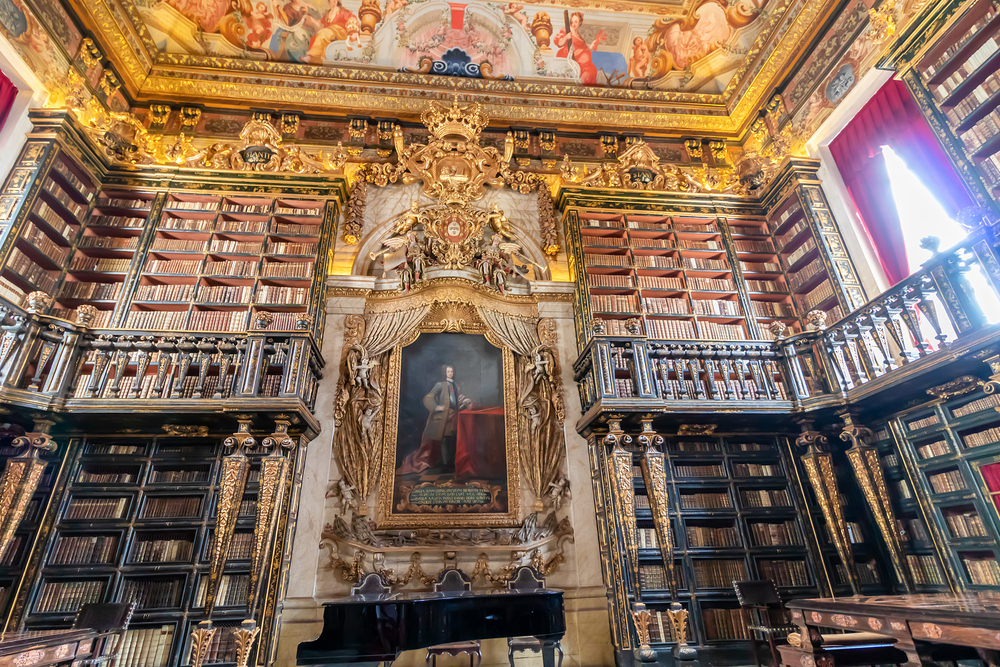
The historic library at the University of Coimbra creates an atmosphere of hushed reverence with its ornate baroque architecture and thousands of leather-bound volumes dating back centuries.
Afternoon light filters through tall windows, illuminating gilded shelves and painted ceilings, while resident bats—kept to protect the books from insects—sleep invisibly during daylight hours.
Like Travel Pug’s content? Follow us on MSN.
Café Majestic, Porto
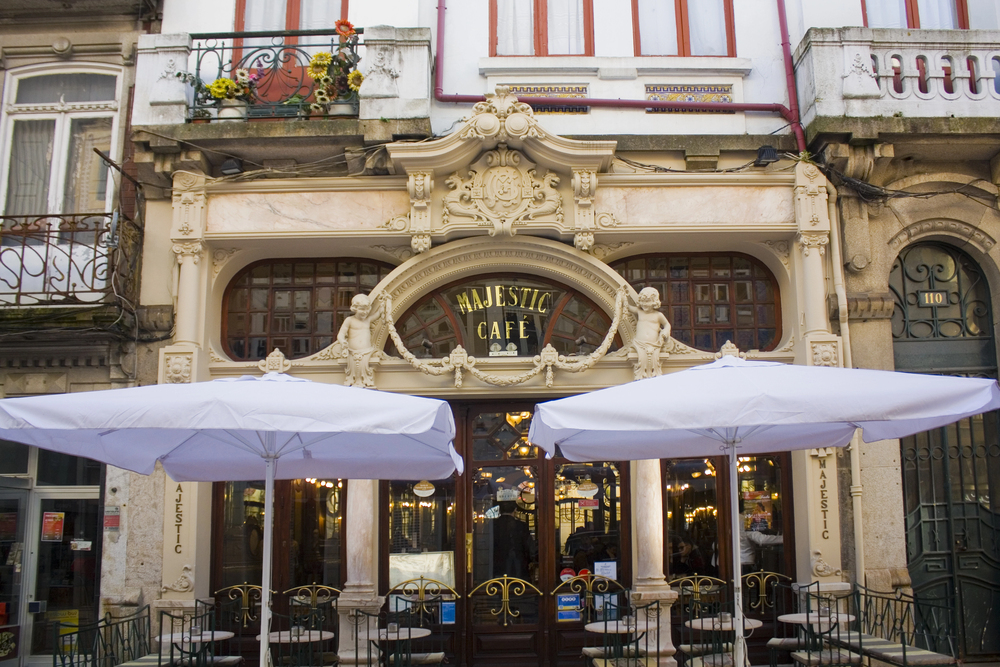
This belle époque café, with its carved wood panels, chandeliers, and marble tabletops, has been hosting leisurely conversations since 1921. The ambient sounds of coffee cups clinking against saucers and the occasional notes from the antique piano create a gentle soundtrack for whiling away hours over a galão (milky coffee) as you watch Porto residents pass by the large windows.
Jardim da Estrela, Lisbon

This English-style garden in central Lisbon offers a green refuge with winding paths, duck ponds, and centuries-old trees providing generous shade. Local retirees gather for games of cards at stone tables, young couples find secluded benches, and families picnic on open lawns, creating a microcosm of Portuguese social life that visitors can observe from a peaceful distance.
Praia da Ursa, Sintra

This secluded beach near Cabo da Roca is accessible only via a challenging footpath. It features dramatic rock formations emerging from golden sand. The effort required to reach it ensures smaller crowds, allowing visitors to spend contemplative hours watching powerful Atlantic waves shape the coastline—the edge of continental Europe.
Like Travel Pug’s content? Follow us on MSN.
Solar dos Presuntos, Lisbon

This traditional restaurant located near Avenida da Liberdade epitomizes Portugal’s unhurried dining culture. The family-run establishment welcomes guests to linger over platters of seafood and slow-cooked meats. There is no pressure to vacate tables between lunch and dinner service—a reflection of the authentic Portuguese approach to dining, where conversation is as important as cuisine.
Livraria Lello, Porto
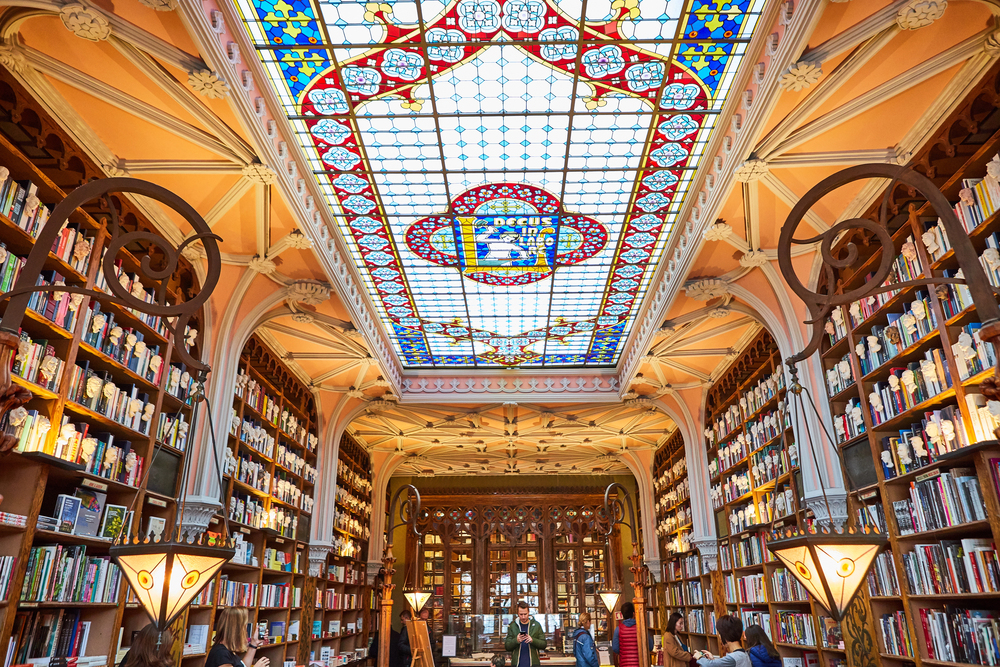
Often cited among the world’s most beautiful bookstores, this neo-gothic gem features a stunning red staircase, stained glass ceiling, and carved wooden bookshelves. Guests can purchase a coffee at the small café and spend a leisurely afternoon browsing Portuguese literature or simply enjoy the architecture that allegedly inspired elements of the Harry Potter series.
Castelo de São Jorge, Lisbon
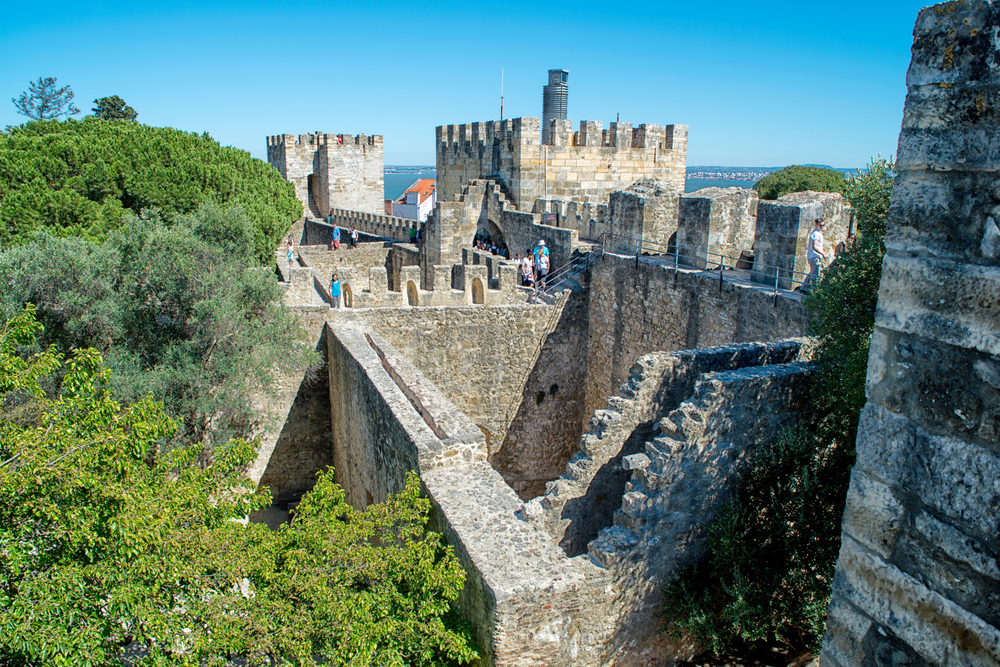
The terraced gardens within Lisbon’s Moorish castle complex provide perfect afternoon reading spots with sweeping views across the city’s rooftops to the Tagus River. Peacocks wander freely among ancient olive trees, creating unexpected moments of natural beauty against the backdrop of medieval stone walls.
Like Travel Pug’s content? Follow us on MSN.
Gulbenkian Gardens, Lisbon
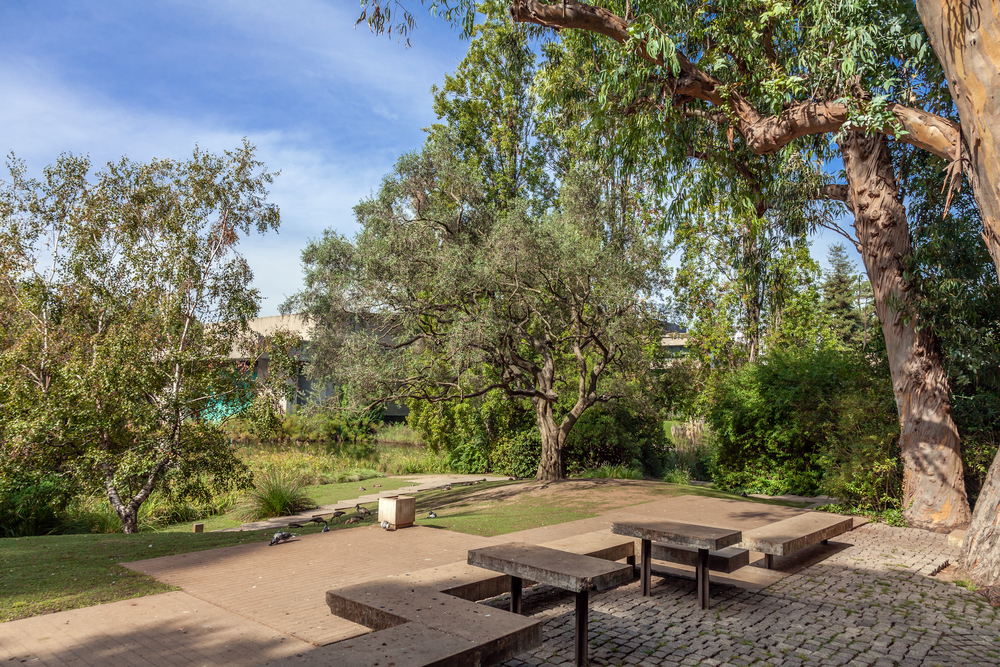
The manicured grounds surrounding the Gulbenkian Museum create an oasis of tranquility with reflecting pools, shaded walkways, and carefully placed sculptures. The harmonious landscape design by Gonçalo Ribeiro Telles offers multiple secluded spaces where visitors can contemplate art from the morning’s museum visit or simply enjoy the subtle interplay of water, light, and greenery.
Óbidos Town Walls
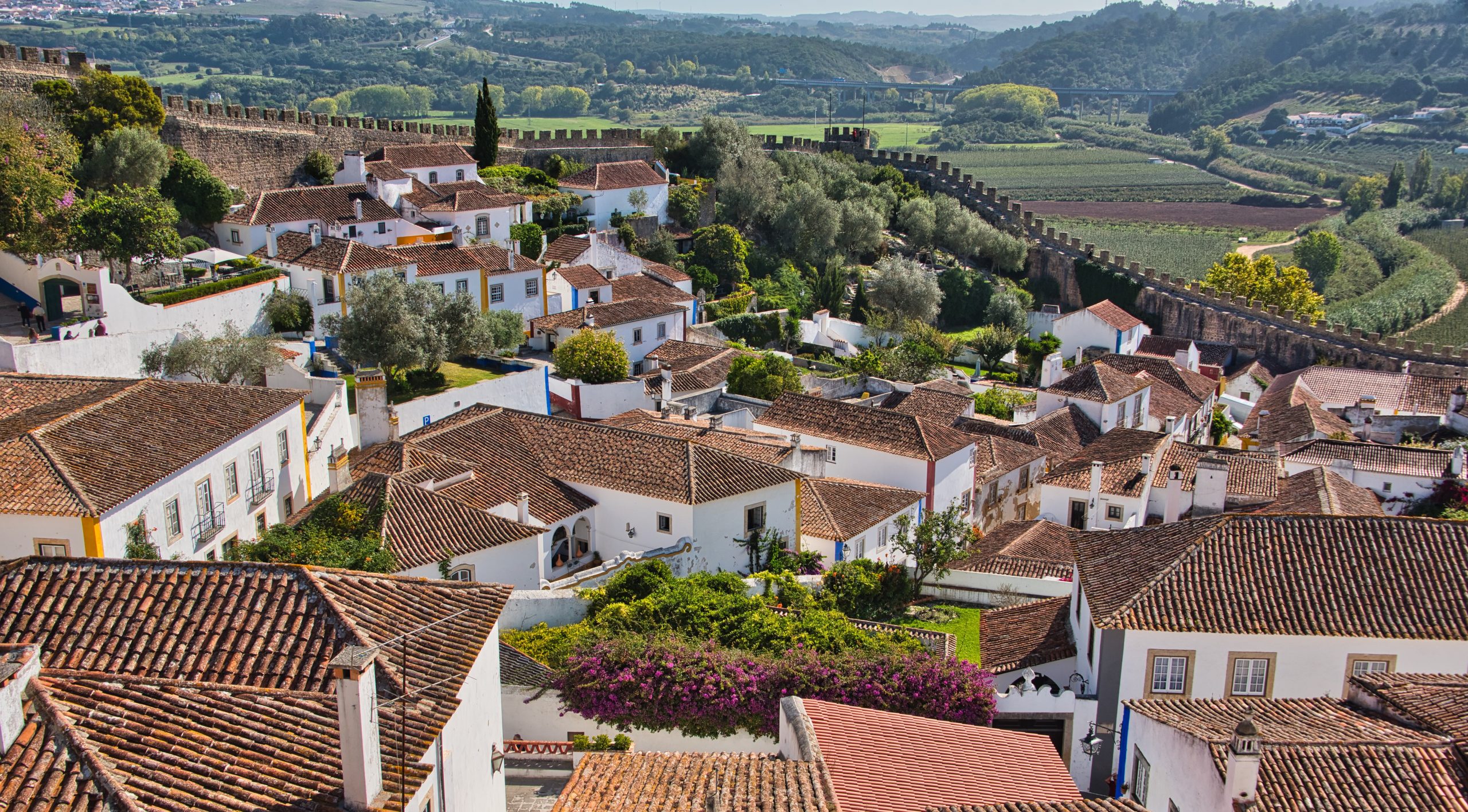
The fully intact medieval walls encircling this preserved town can be walked in their entirety, offering changing perspectives across terracotta rooftops and the surrounding countryside. Small stone benches positioned at intervals along the ramparts provide perfect resting spots for reading or sketching, accompanied by the scent of ginja (cherry liqueur) wafting up from the narrow streets below.
Quinta da Regaleira Gardens, Sintra

The mystical grounds of this estate feature a network of paths connecting grottoes, fountains, and symbolic structures, including the famous initiation well. Visitors can spend hours discovering hidden corners and secret tunnels, moving between sunlight and shadow as they explore a landscape designed to evoke esoteric philosophies and spiritual journeys.
Like Travel Pug’s content? Follow us on MSN.
Chiado Square, Lisbon
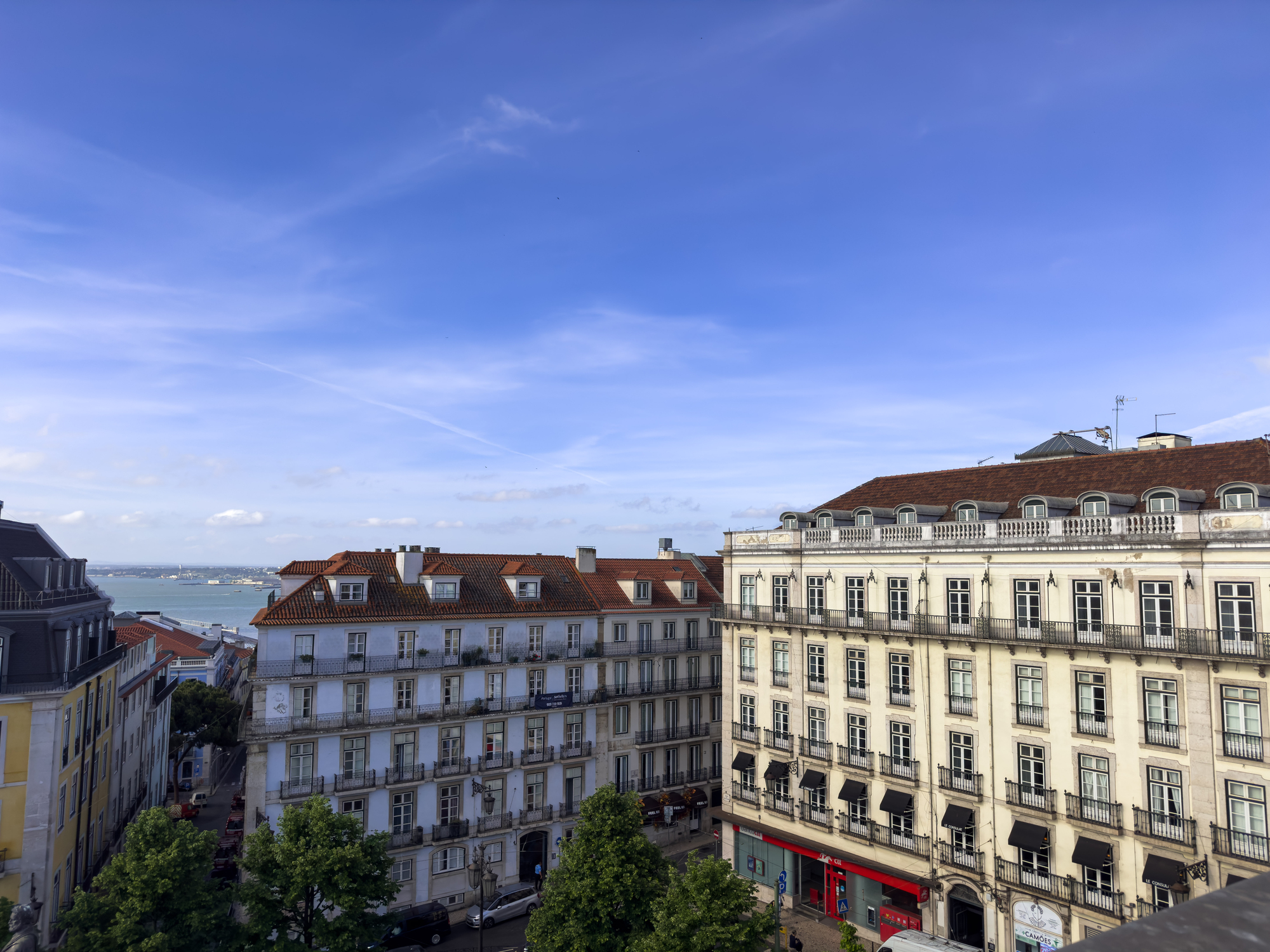
The heart of Lisbon’s literary district centers around this elegant square where café tables spill onto the sidewalk beneath the watchful gaze of poet António Ribeiro’s bronze statue. The surrounding mix of bookshops, historic cafés, and theaters creates an intellectual atmosphere perfect for people-watching or journal writing while nursing a bica (espresso) or glass of vinho verde.
Parque Natural da Arrábida, Setúbal

This coastal mountain range just south of Lisbon offers walking paths through Mediterranean forests that open onto stunning views of the Atlantic. The microclimate created by the mountains produces particularly warm afternoons, perfect for gentle hikes followed by contemplative moments overlooking the impossibly blue water of secluded coves below.
Largo do Carmo, Lisbon

This small square, dominated by the skeletal remains of Carmo Convent, creates a uniquely atmospheric space for afternoon reflection. Café tables cluster beneath jacaranda trees that shower purple blossoms in spring while the open-roofed Gothic church serves as a reminder of the 1755 earthquake that reshaped Lisbon’s history and architecture.
Like Travel Pug’s content? Follow us on MSN.
Miradouro Santa Luzia, Lisbon
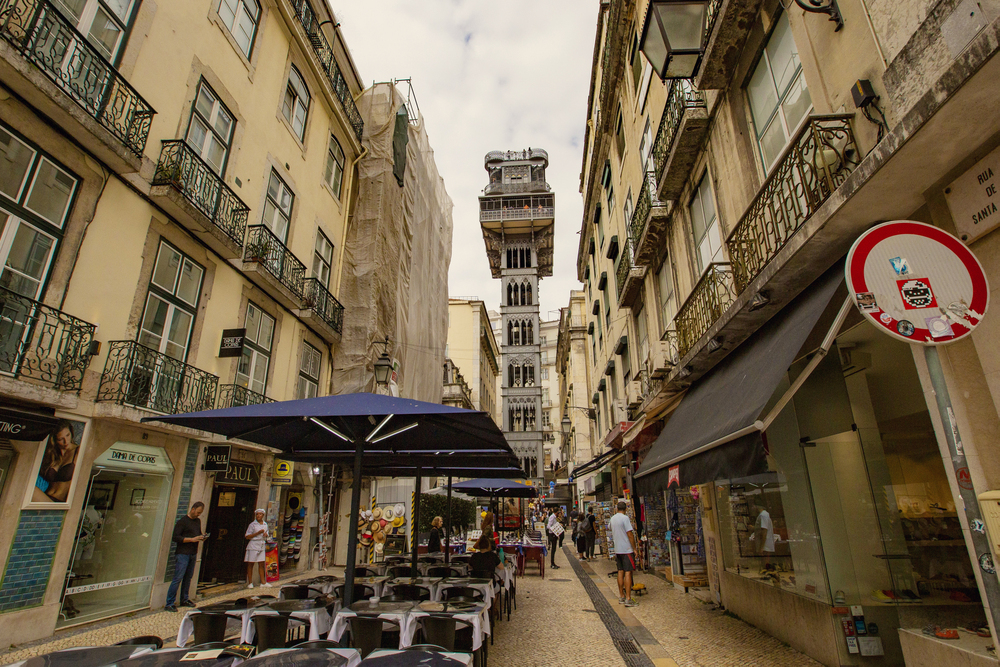
This terrace viewpoint in the Alfama neighborhood combines panoramic vistas across Lisbon’s oldest district with the shade of a wisteria-covered pergola. Azulejo tile panels depicting historic scenes provide cultural context, while local musicians often provide soft fado melodies that perfectly complement the golden afternoon light.
University of Coimbra Botanical Garden

Established in 1772, these historic gardens cascade down a hillside through different themed sections, including medicinal plants, tropical specimens, and bamboo forests. Hidden benches throughout the grounds offer peaceful retreats where visitors can observe butterflies, listen to birdsong, and enjoy the changing patterns of light filtering through diverse foliage.
Confeitaria Nacional, Lisbon

Operating continuously since 1829, this ornate pastry shop represents Portugal’s dedication to the sweet side of slow living. The marble-topped counters, mirrored walls, and classic pastries—including the original Pastel de Nata recipe—provide an authentic setting for the Portuguese tradition of the afternoon coffee and pastry pause.
Like Travel Pug’s content? Follow us on MSN.
Parque da Pena, Sintra
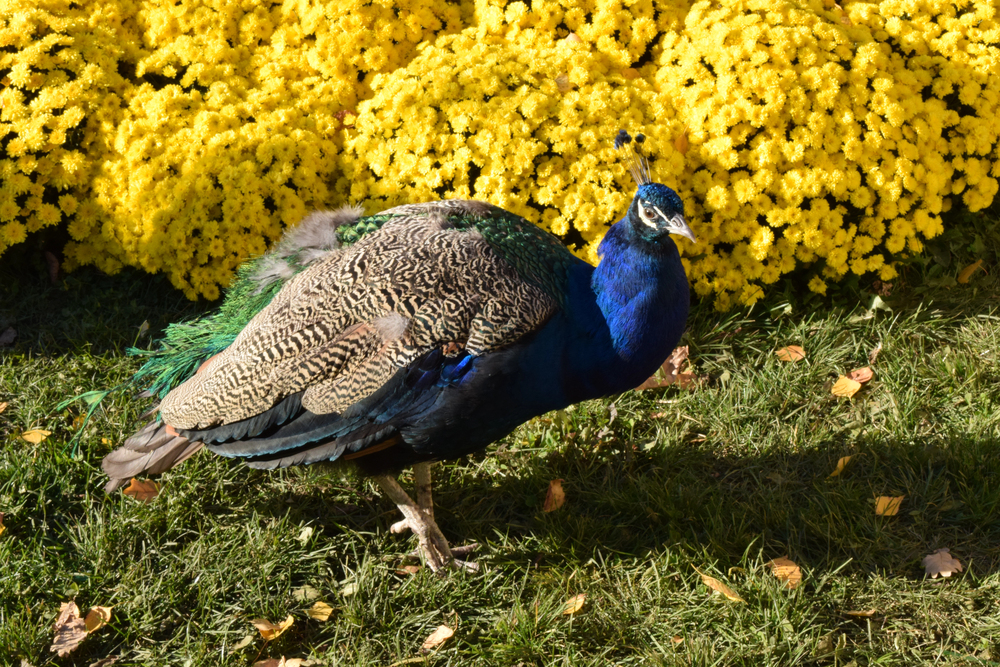
The forested grounds surrounding the colorful Pena Palace offer miles of winding paths through gardens that blend Portuguese, English, and German landscape traditions. Visitors can lose themselves among camellias, sequoias, and ferns, discovering follies and viewpoints while moving between different microclimates created by the park’s unique topography.
Mercado de Olhão, Algarve

This waterfront market housed in distinctive red brick buildings transforms after the morning fish sales conclude. The surrounding cafés become perfect observation posts for watching the rhythm of a traditional Algarvian fishing town as fishermen repair nets and locals gather for unhurried conversations over small glasses of medronho (fruit brandy).
The Stone Steps of Porto

The multilevel city of Porto is stitched together by countless stone staircases that connect its upper and lower districts. These vertical streets, often flanked by tiled buildings and unexpected gardens, provide natural resting spots where climbing pedestrians pause to catch their breath, creating spontaneous social spaces where strangers exchange greetings and brief conversations.
Like Travel Pug’s content? Follow us on MSN.
The Portuguese Pause
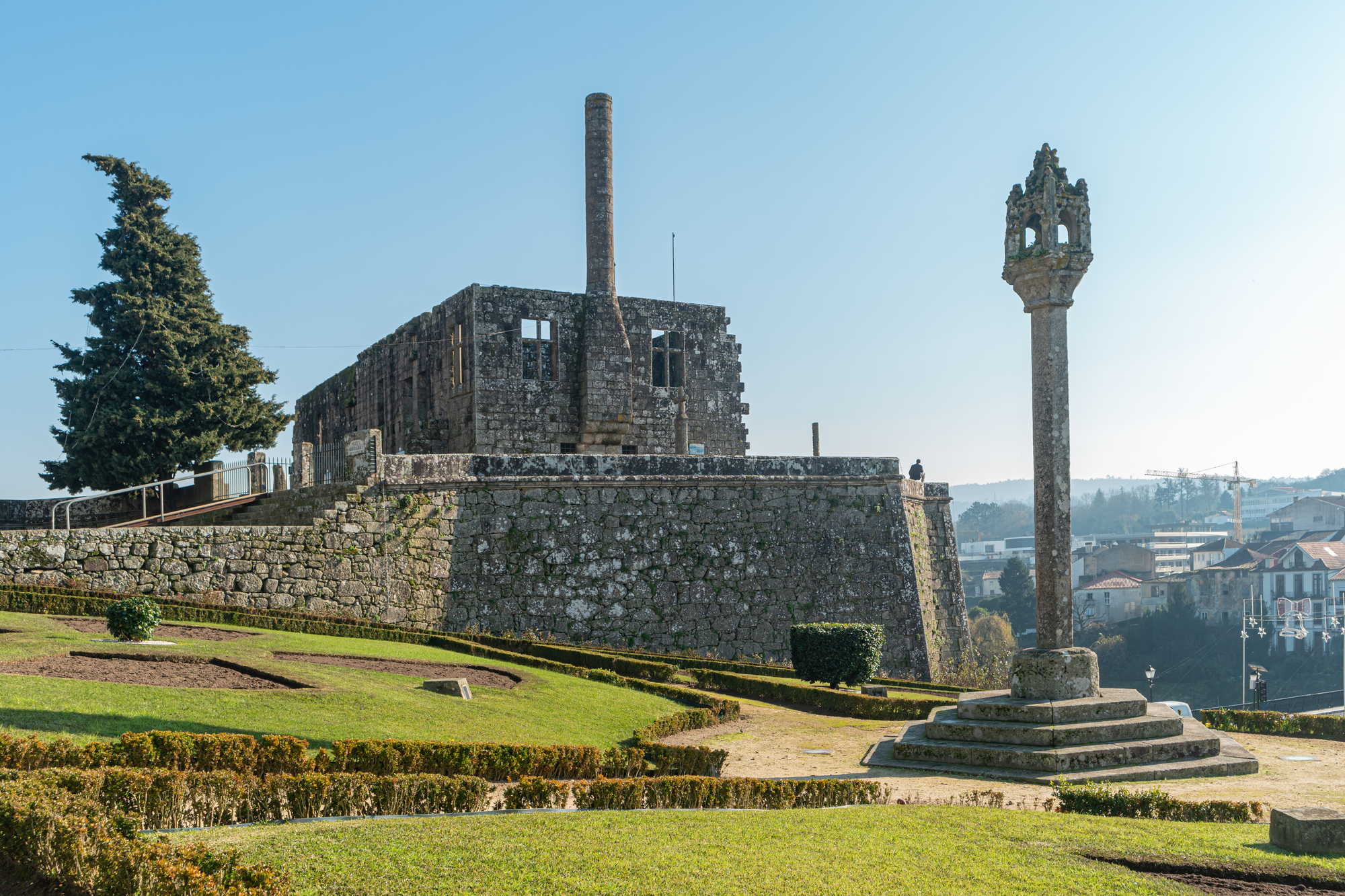
What connects these diverse locations is their embodiment of tempo lento—the slow tempo that defines Portuguese culture at its most authentic. In a country where rushing is considered both impolite and unnecessary, these spaces honor the importance of unstructured time and passive presence. They remind visitors that an afternoon doesn’t need to be filled with activities to be considered well spent.
The Portuguese understanding of slow afternoons isn’t about doing nothing—it’s about creating space for the small things that give life its texture: watching light change across a landscape, following a conversation wherever it leads, or simply allowing thoughts to wander without agenda. In these carefully preserved spaces, visitors can rediscover the luxury of unhurried hours and perhaps bring a bit of this gentle rhythm back to their own lives.
More from Travel Pug

- Cities Growing so Fast You Won’t Recognize Them in 10 Years
- 13 Destinations Where Tourists Regularly Regret Their Trip
- 20 Obscure WWII Sites Even History Buffs Don’t Know About
- 10 Under-the-Radar Mountain Towns That Are Both Affordable and Beautiful
- Remote Villages in Europe Where You Can Live for Free in Exchange for Work
Like Travel Pug’s content? Follow us on MSN.
